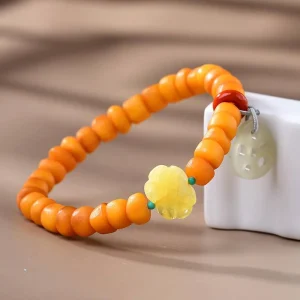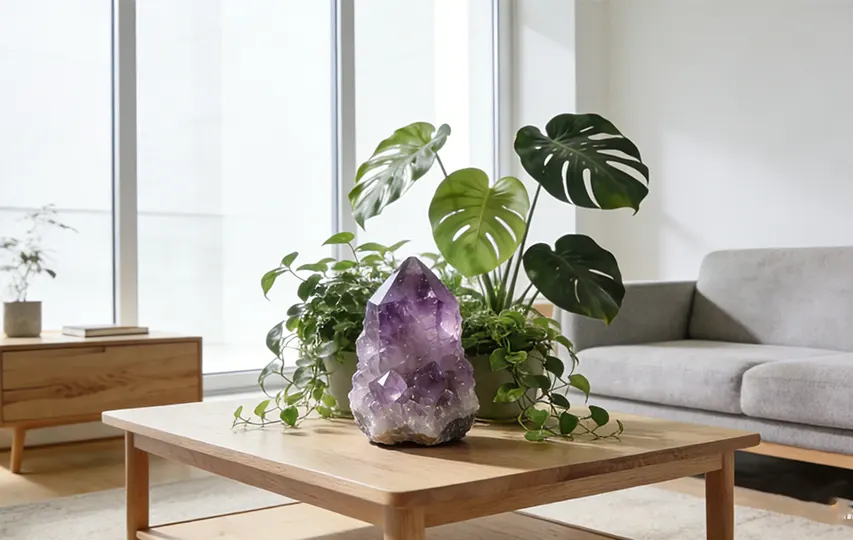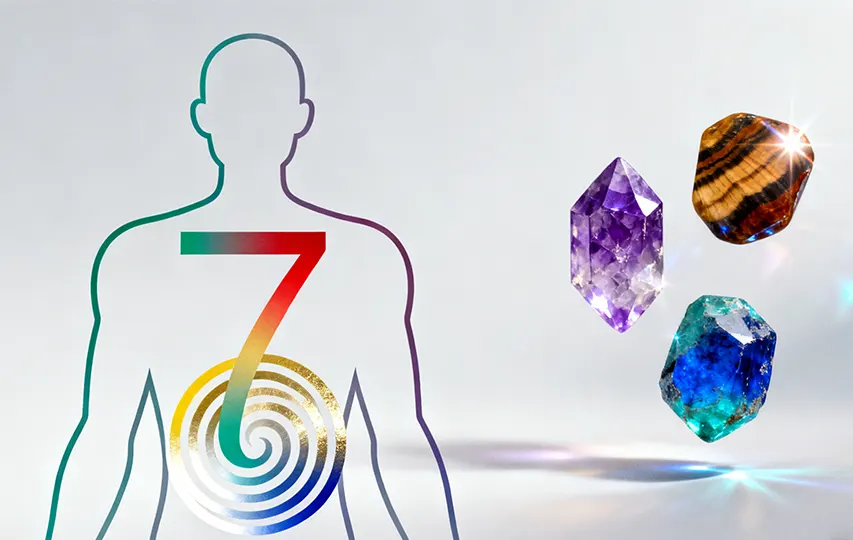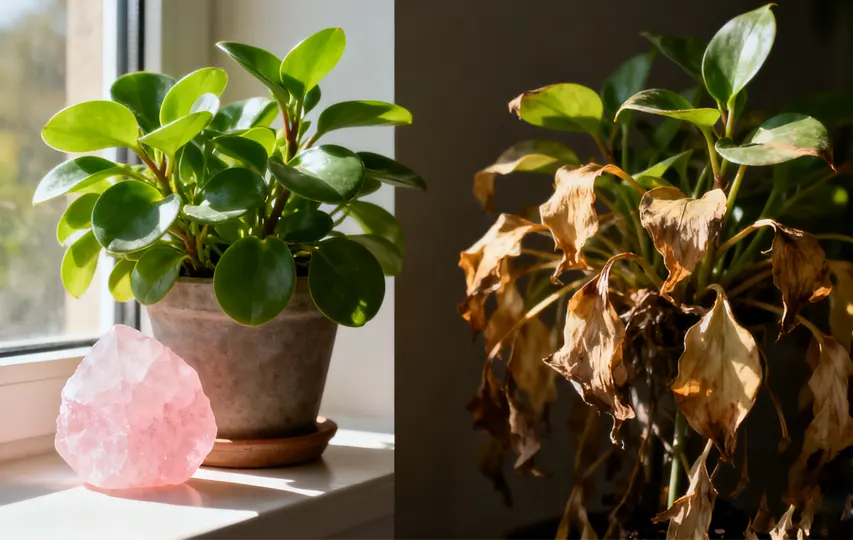
“Is Your Jade Real?” Guide to Authenticating Jade
Is Your Jade Real? Here’s How to Find Out
Jade has captivated collectors and jewelry lovers for centuries with its stunning colors and cultural significance. However, as the demand for this precious stone rises, so does the risk of purchasing a fake. If you’re wondering whether your jade is genuine, it’s time to take a closer look. By understanding key characteristics like texture, weight, and color, you can distinguish real ones from clever imitations. For instance, genuine jade is dense, smooth, and cool to the touch, while fakes often feel lighter or warm up quickly. Additionally, imperfections, such as natural inclusions, often signal authenticity, as flawless stones might be artificially treated or synthetic. Don’t rely solely on appearance—tests like tapping for a bell-like sound or consulting a professional jeweler can offer further clarity. With the right knowledge, you can ensure yours is the real deal and a lasting treasure in your collection.
Appearance Observation
- Color: The color of natural jade is usually natural and unevenly distributed, with variations in shade and the existence of color roots (the origin of the color, like the starting point where the color naturally spreads from one place to the surroundings). For example, in jadeite, the green part has a natural transition. However, the color of fake ones may be too bright and uniform, as if artificially dyed, with the color floating on the surface and lacking the natural layering and color root appearance.
- Luster: Different types have their unique luster characteristics. Hetian jade, for example, presents a warm, soft, and greasy luster, while jadeite generally has a glassy luster and looks clear. If the luster of the jade appears stiff and dull and does not match the normal luster of this type of jade, it is likely to be fake.
- Structure: Observe the internal structure of the jade with tools such as a magnifying glass. Most natural jades have natural mineral crystal structures and textures inside. For instance, under strong light, jadeite can show a fiber-interwoven structure, and Xiuyu can show a cloud-like structure. If the internal structure is too uniform, flawless, or lacks the structural features that natural jade should have, its authenticity should be questioned.
Hardness Test (Needs to be Operated with Caution)
Different jades have a certain range of hardness. For example, jadeite has a relatively high hardness and can leave scratches on the glass surface while remaining basically undamaged; Xiuyu has a relatively low hardness. You can gently scratch an inconspicuous part of the jade with an object of known hardness (such as a knife with a hardness of about 5.5). If the jade can be easily scratched by the knife while it is labeled as having a high hardness, it is highly likely to be fake. However, this method should be used with caution to avoid unnecessary damage to it, especially for precious jade samples.
Sense of Weight
Natural jade has a relatively high density, so it feels a certain heaviness in the hand. Under the same size, real jade usually feels heavier than some synthetic imitations. For example, Hetian jade seeds feel significantly heavy when held in the hand, while imitations like glass are lighter and lack that solid texture.
Professional Identification
The most reliable way is to rely on professional jewelry appraisal institutions. They detect the composition, physical properties, etc. of the jade through professional instruments and can issue authoritative appraisal certificates to clarify the type and authenticity of the jade. Now, many regular jade merchants will provide corresponding appraisal certificates. Consumers can check the authenticity of the certificate and the qualifications of the appraisal institution when purchasing to assist in judging the authenticity of the jade.
What’s the best way to clean jade decorations?
Avoid Collision and Scratching
Although jade is relatively hard in texture, it is also brittle. During daily placement, we should take care. We should avoid collisions with hard objects. We should avoid being scratched by sharp objects. For example, don’t place jade ornaments on the edge of a table. They can be easily knocked off there. Don’t mix them with metal products. This can prevent cracks, scratches, and other damage to the surface of the jade. The damage is caused by knocking against each other. It may affect the beauty and value of the jade.
Regular Dust Cleaning
- Wipe with a Soft Cloth: Every once in a while (for example, once a week or once every two weeks, depending on the dust condition of the environment), gently wipe the surface of the jade ornaments with a clean and soft cotton cloth, following the direction of the jade’s texture. This can remove impurities such as dust adsorbed on the surface and maintain its luster.
- Gentle Water Washing (Use with Caution): If there are many stubborn stains on the surface of the jade ornaments, you can occasionally wash them with moderately tempered (about 30 – 40 degrees Celsius) clean water. Add a small amount of neutral detergent (such as gentle cleaning products like baby bath lotion. Avoid using detergents containing strong acid or strong alkali components to prevent corrosion of it). Gently scrub the stained areas with a soft-bristled brush, then rinse with clean water. Finally, dry it with a clean and soft towel or let it air dry. Be careful to avoid direct exposure to the sun to prevent the jade from cracking due to rapid temperature changes.
Appropriate Storage Environment
Jade ornaments are best stored in an environment with moderate relative humidity (an ideal humidity is around 40% – 60%) and stable temperature. Avoid placing them in overly dry or wet places. For example, in winter in the north, there is heating indoors and the air is very dry, so it may be necessary to use a humidifier appropriately to increase the air humidity. During the rainy season in the south when the humidity is high, pay attention to moisture-proof measures. You can place some desiccant packs in the cabinet where the jade is stored. At the same time, keep it away from chemical products such as perfumes, cosmetics, and cleaning agents that emit chemical odors to prevent the chemical components volatilized from them from eroding.



Get to Know Your Five Elements for Free
Get to Know More about Feng Shui












